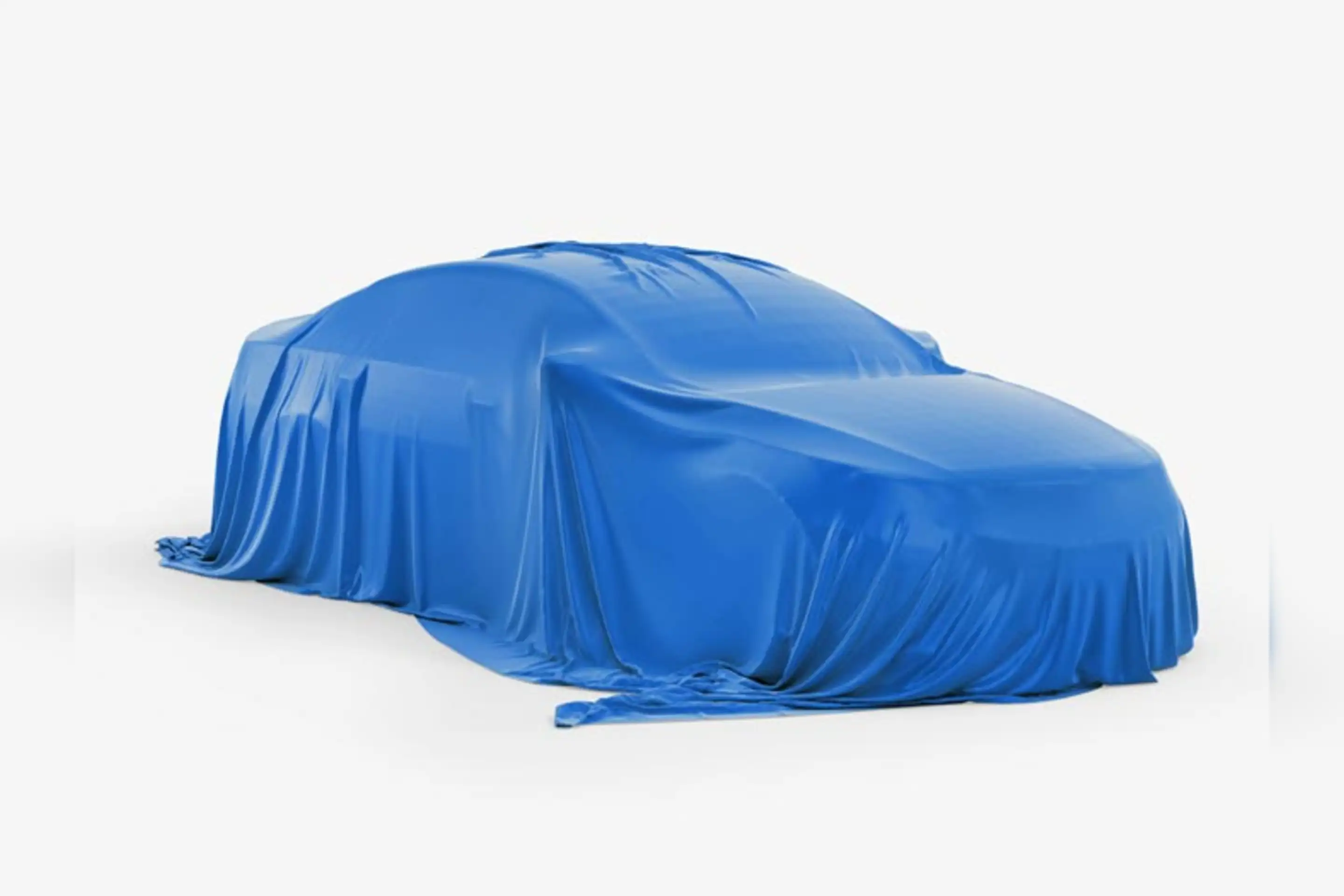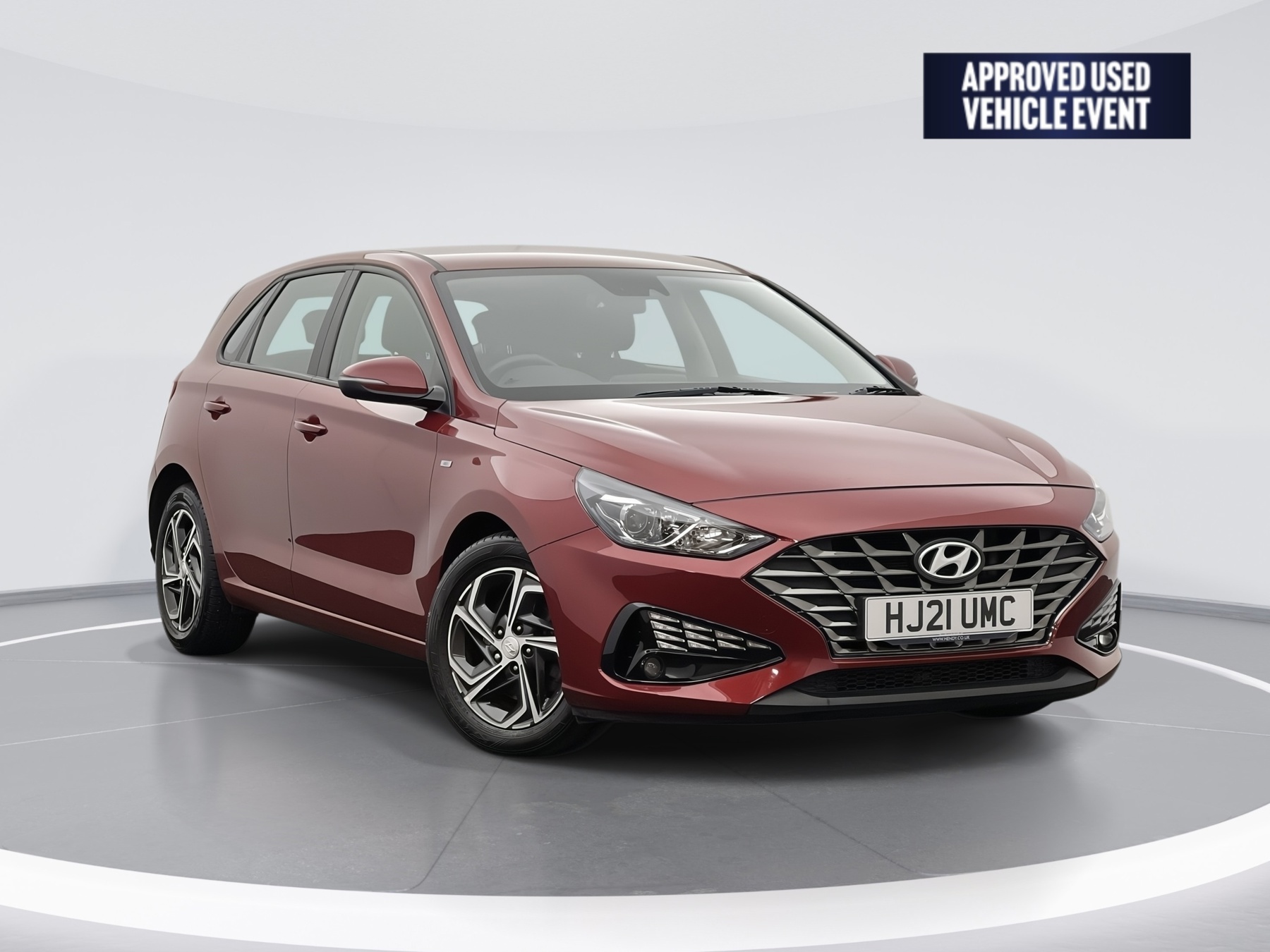Used Hyundai i30 for sale: everything you need to know
There was a time you might have bought a Hyundai i30 solely because it was a few grand cheaper than the equivalent Volkswagen Golf or Ford Focus, and you didn’t mind sacrificing some badge appeal or driving ability given the savings.
That hasn’t been the case for a while now though, and while the i30 still isn’t quite as desirable as some of its European competitors - at least, if you ignore the hugely entertaining i30N hot hatchback - the current generation is a car you can buy on merit, being comfortable, refined, well packaged, and even driving well. Hyundai’s long warranties mean a nearly-new example should still have plenty of cover, too.
The i30 competes in one of the busiest classes on the market, so rivals include everything from the Ford Focus, Vauxhall Astra, Renault Megane and Peugeot 308, to well-built Japanese models like the Mazda 3, Honda Civic and Toyota Corolla, and even the closely-related Kia Ceed from Hyundai’s sister brand.
Should you buy a Hyundai i30?
The Hyundai i30 isn’t our favourite family hatchback, but it makes for a deeply sensible purchase whether new or used. One reason for this is the brand’s 5-year, unlimited mileage warranty. It’s no longer the longest on the market - sister brand Kia offers seven years, albeit limited to 100,000 miles - but it means even a two or three year old Hyundai i30 still has a few years of factory warranty left on it, useful peace of mind when buying a used car.
In the past an i30 might have been solely a budgetary decision, but today’s i30 is a car you might actually choose for other reasons too. It’s handsome enough and has a spacious, well-built, and well laid-out cabin design. The recent introduction of higher-tech touchscreen infotainment systems has introduced a few dubious touch-sensitive buttons but earlier i30s have some of the easiest and most intuitive systems to operate in their class, too.
Hyundai has slimmed down the i30’s engine range in recent years - there’s no more diesel, for example - but there’s plenty of choice here too, and most units do the job fairly well. The latest turbocharged mild hybrids go about things smoothly and quietly, and the i30’s ride and handling is a good match. Alternatives like the Ford Focus and VW Golf offer more entertainment, but the i30’s focus on ease of use and comfort will be more than enough for most.
The latest mild hybrids don’t use too much fuel either, and it’s still possible to opt for either the 1.0T or 1.5T with a manual gearbox, if you’re not yet ready for an automatic. Best of all though, while Hyundais are more expensive than they used to be, they’re still very good value used, with big savings to be found even on nearly-new models compared to brand new cars.
As well as the Golf and Focus mentioned above, you’re spoiled for choice when it comes to alternatives to the i30. If you’re looking for a hybrid then the Toyota Corolla is well worth a look, as is the Honda Civic, while French models like the Peugeot 308 and Renault Megane offer a little more style for your money. Then there’s the Kia Ceed, to which the i30 is closely related - its styling its a little more distinctive and it has a longer warranty, too.
A Hyundai i30 not for you? We've got 1000s of used cars for sale to suit all budgets and needs.
What’s the best used Hyundai i30 model to buy?
The heart says the Hyundai i30 N is the pick of the range: it’s simply one of the best hot hatchbacks on sale, and a riot to drive from start to finish. But thankfully, there’s still a lot to choose from further down the range too if you neither need nor desire such high performance. Of the conventional range, we’d try and find a model in Premium trim. SE Connect models are hardly badly equipped, but Premium does get better driver and infotainment displays, and the heated seats and steering wheel are welcome in the winter.
As for engines, the 1.0T does a perfectly good job and feels peppy enough if you’re not a speed freak, though the extra performance of the 1.5T is nice - just bear in mind on recent models at least, it’s only available in sporty N Line trim. The old diesel, no longer available, was decent enough, but we’d not bother unless you do high mileage.
Used Hyundai i30 fuel economy and performance
- Hyundai i30 1.0T 120PS Mild Hybrid: Available with either a six-speed manual or seven-speed DCT (dual-clutch) automatic, the 1-litre turbocharged three-cylinder engine develops 120PS and can get from 0-62mph in 11.4 seconds with either transmission. Economy varies only slightly, with a claimed 54.3mpg for the manual and 52.3mpg with the DCT.
- Hyundai i30 1.5T 159PS Mild Hybrid: Only offered in N Line trim, the 1.5-litre four-cylinder turbocharged engine develops 159PS, and like its smaller counterpart is offered with manual and DCT gearboxes. The manual is a shade quicker from 0-62mph, at 8.6 seconds to 8.8 for the DCT, but roles reverse for economy: the manual gets 44.8mpg, the DCT 46.3mpg.
- Hyundai i30 2.0 T-GDi 280PS: Available only in the i30 N, this high-performance 2-litre turbocharged petrol makes 280PS through either a six-speed manual or eight-speed ‘N DCT’ dual-clutch. 0-62mph takes as little as 5.9 seconds, with 35.3mpg economy for the manual and 33.6mpg for the N DCT.
What used Hyundai i30 trim levels are available?
The current generation of Hyundai i30 has been on sale since 2016 and underwent a facelift in 2020, and over this time details like trim lines and equipment have changed, so covering all of those changes below would be tricky. Below you’ll find the range as it stands at the time of writing, with three main trim lines, and the high-performance i30N at the top of the range.
- The Hyundai i30 SE Connect gets plenty of equipment from the off, including 16-inch alloy wheels, an 8-inch touchscreen infotainment system with Apple CarPlay and Android Auto, rear parking sensors and a rear-view camera, automatic high beams, and a suite of electronic safety features.
- The Hyundai i30 Premium adds a 7-inch digital cluster for the driver and upgrades the main infotainment display to 10.25 inches, while it goes an inch larger on the alloy wheels too. There’s also dual-zone climate control, an electronic handbrake, heated front seats and steering wheel, privacy glass, cloth and leather seats, and keyless go.
- The Hyundai i30 N Line adopts some of the styling cues of the full i30 N hot hatchback, as well as 18-inch alloys, front and rear parking sensors, full LED tail lights, fabric-trimmed sports seats, and is the only i30 to get the 159PS 1.5 T-GDi engine.
- The Hyundai i30 N is rather different from the models below it in the range. Wheels are 19-inch forged alloy, there’s a pair of large-bore exhaust pipes, electronically controlled suspension, several unique interior and exterior details, and highly configurable drive modes - as well as that 280PS engine.
Used Hyundai i30 dimensions and boot size
The Hyundai i30’s dimensions are:
- Length: 4340mm
- Width: 1795mm (without mirrors), 2039mm (with mirrors)
- Height: 1455mm
The Hyundai i30’s boot size is:
- 395 litres
- 1301 litres with the rear seats folded
Used Hyundai i30 road tax
Low CO2 figures mean the 1.0T mild hybrids don’t break the bank from new, with a first-year bill of £200. Their ‘alternative fuel’ billing means a second-year-onwards rate of £170, also enjoyed by the 1.5T mild hybrids, while the high-performance i30 N, as a non-hybrid, is only £10 more per year. Hyundai’s value for money helps here too, since even the i30 N sneaks under the £40,000 mark, and avoids a hefty tax surcharge as a result.
How much is it to insure a Hyundai i30?
Most current Hyundai i30 models use just a 1-litre engine, and this seems to have had a positive effect on insurance rates. In SE Connect trim the i30 starts in only group 10, while Premium models are group 11. Even the 1.5T in N Line trim is only group 15 for the dual-clutch automatic, and group 16 for the manual. The earlier, cheaper, i30 in S trim is only group 8, while the i30 N is group 27-28 depending on year and specification.
Read our full Hyundai i30 review


